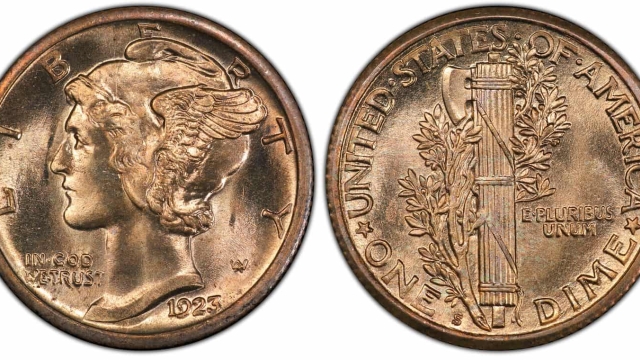
In today’s rapidly evolving world, the demand for innovative design solutions is more critical than ever. These solutions not only address specific challenges but also enhance functionality, aesthetics, and user experience across various industries. From architecture to product design, the integration of creative design approaches has revolutionized how we think about and interact with our environments. In this article, we will explore cutting-edge materials, sustainable design practices, and user-centered design approaches that exemplify the essence of innovative design solutions.
Cutting-Edge Materials in Design
The advancement of technology has led to the development of cutting-edge materials that can significantly enhance design projects. For instance, materials like carbon fiber and bio-based plastics are not only lightweight but also incredibly durable, offering designers new possibilities. A prime example is the use of carbon fiber in the automotive industry, where manufacturers have created vehicles that are both lighter and more fuel-efficient without compromising safety.
Another fascinating development is the use of smart materials that respond to environmental changes. For example, thermochromic materials change color in response to temperature fluctuations, which can be employed in architectural designs to improve energy efficiency. By harnessing the unique properties of these materials, designers can create innovative solutions that push the boundaries of traditional design.
Sustainable Design Practices
As environmental concerns become increasingly urgent, sustainable design practices are gaining prominence. Innovative design solutions in this area focus on minimizing environmental impact while maximizing functionality. One notable example is the incorporation of reclaimed materials in construction projects. This approach not only reduces waste but also adds a unique character to buildings.
Additionally, the concept of biophilic design, which integrates natural elements into urban environments, has gained traction. This method enhances the well-being of occupants by fostering a connection to nature. An incredible case study is the Bosco Verticale in Milan, Italy, where two residential towers are adorned with thousands of trees and plants, significantly improving air quality and providing residents with a green oasis in an urban setting.
User-Centered Design Approaches
User-centered design is a philosophy that places the needs and preferences of users at the forefront of the design process. This approach leads to innovative design solutions that enhance usability and satisfaction. One excellent example is the development of adaptive furniture, which can be customized to meet the specific requirements of users.
In technology, user-centered design has revolutionized software development. Companies like Apple and Google invest heavily in understanding user behavior to create intuitive interfaces that simplify interactions. By prioritizing user experience, designers can create products that not only fulfill functional requirements but also resonate emotionally with users.
Practical Tips for Implementing Innovative Design Solutions
Integrating innovative design solutions into your projects can seem daunting, but there are several practical steps you can take:
- Research and Experiment: Stay updated on the latest materials and technologies, and don’t hesitate to experiment with unconventional approaches.
- Involve Stakeholders: Engage users and other stakeholders early in the design process to gather insights and feedback that can guide your decisions.
- Focus on Longevity: Prioritize sustainability by selecting materials and practices that reduce waste and promote longevity.
- Test and Iterate: Embrace a prototype mindset. Test your designs, gather feedback, and be willing to make adjustments based on user experiences.
Conclusion
Exploring innovative design solutions can open up a world of possibilities for enhancing functionality, aesthetics, and sustainability in your projects. By embracing cutting-edge materials, sustainable practices, and user-centered approaches, you can create designs that stand out and make a positive impact. As you embark on your design journey, remember that creativity and innovation are your greatest allies. For more insights into how innovative design solutions can transform your work, check out additional resources available online. Let your imagination soar, and watch as your projects come to life in exciting new ways!



